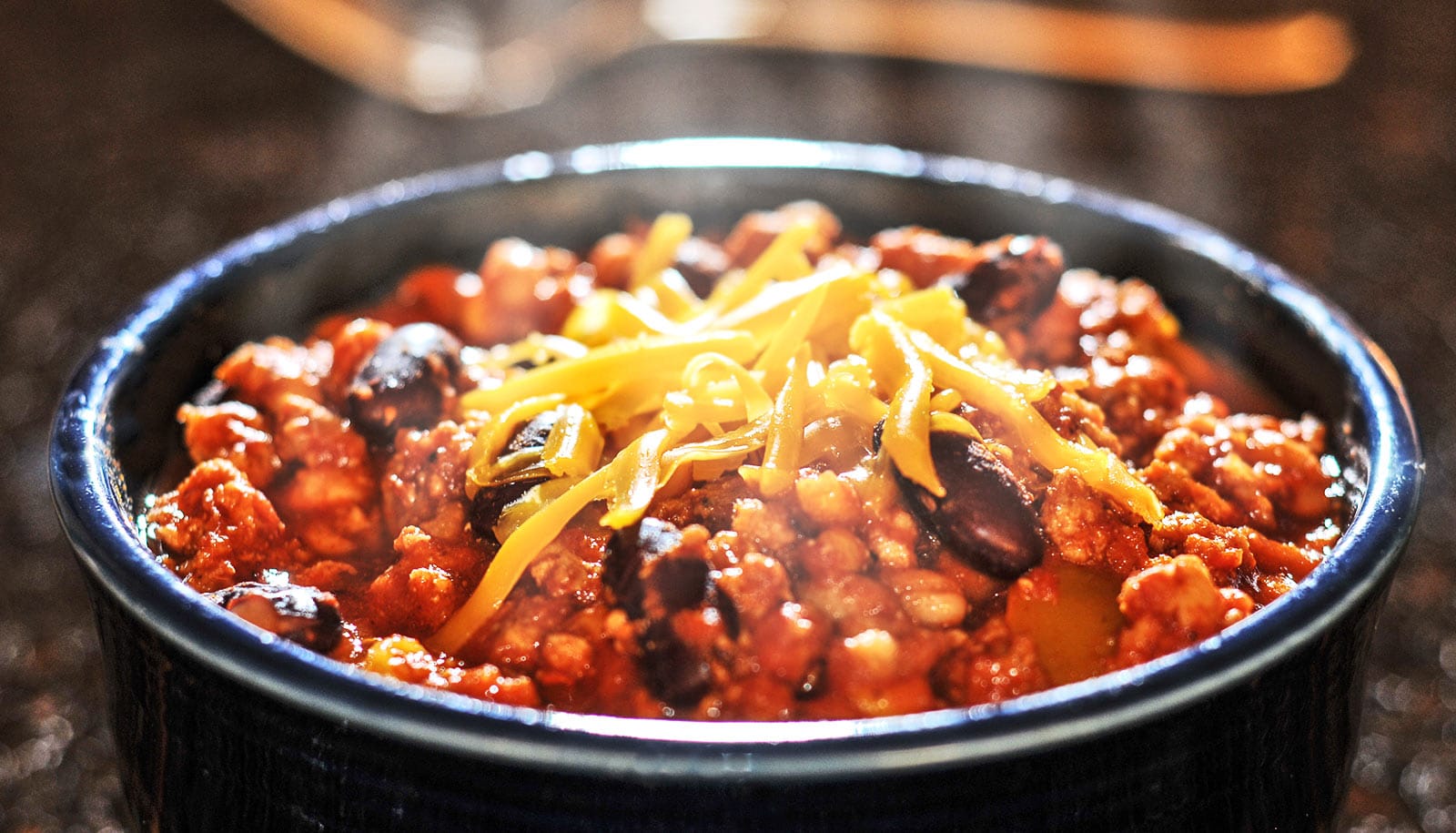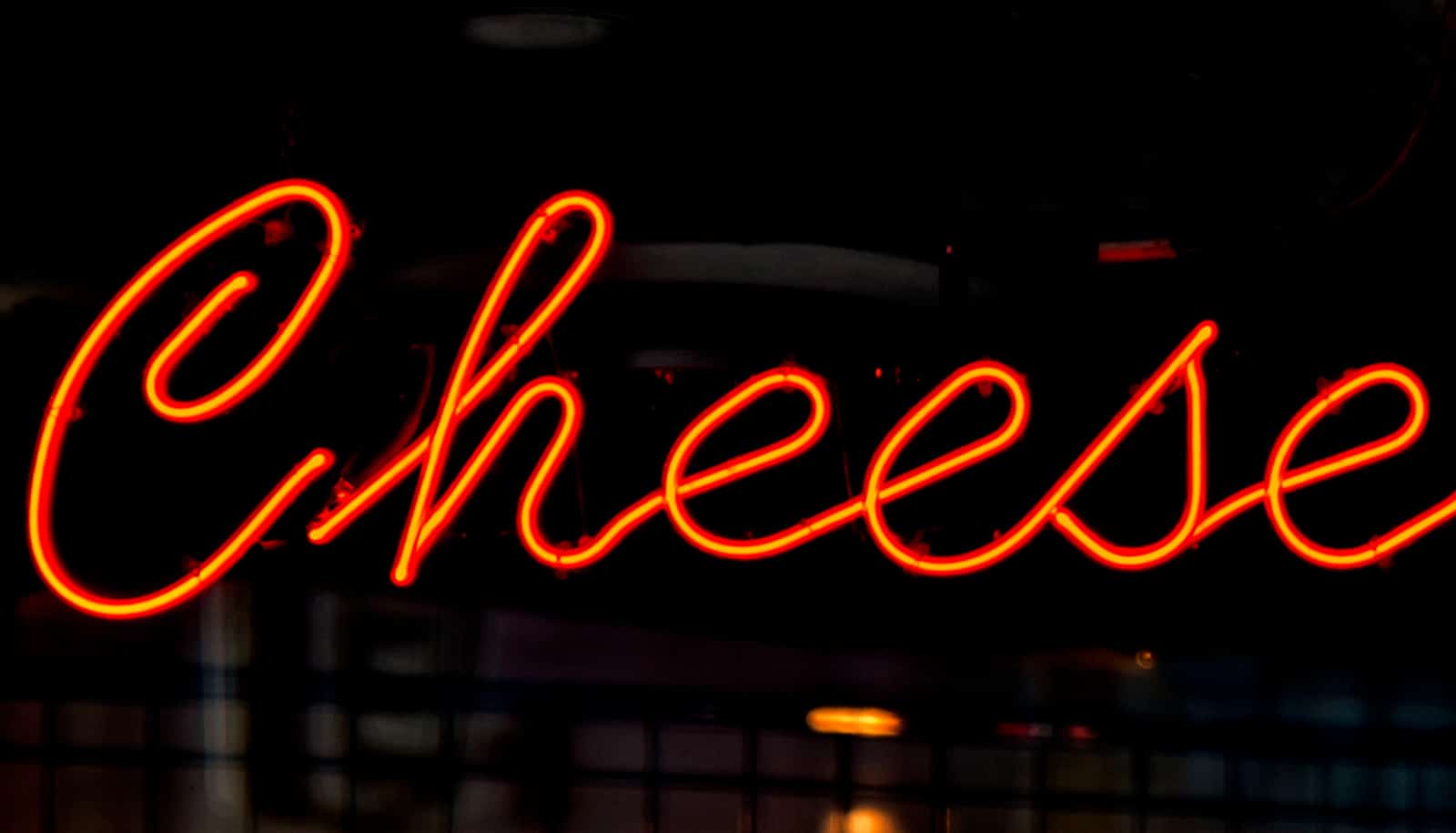To meet increasing demand for heritage-breed turkeys, researchers in Penn State’s College of Agricultural Sciences are studying methods producers can use to raise the historical birds.
Heritage turkeys have more in common with wild turkeys than the birds for sale in grocery stores. And while the average store-bought turkey costs about $1 per pound, heritage turkeys run between $4 and $6 per pound.
These birds proportionally have much smaller breasts, darker leg meat, and are generally gamier in flavor than broad-breasted whites from large, modern poultry farms. Heritage birds are also typically older than faster-growing, broad-breasted birds at the age of processing—26 to 28 weeks compared to 14 to 18 weeks—which can result in a more textured or flavorful meat.
Heritage does not mean organic, all-natural, or free-range, though a true heritage bird may be all of those things, notes Paul Patterson, professor of poultry science at Penn State. “Heritage,” he explains, refers to specific breeds of turkeys raised in the United States before the 1950s, when the poultry industry began the cross breeding that resulted in the broad-breasted white turkeys most people eat today.
Heritage birds differ from broad-breasted whites in a number of ways: They are lighter in weight, leaner, with less muscling, and dark or colored feathers. Broad-breasted turkeys have been bred to grow so big that they have trouble reproducing on their own and therefore, they must be artificially inseminated.
“The birds really liked the fly larvae, blueberries, hickory nuts, and Chinese chestnuts…”
“Heritage birds, which are more athletic, can perch, fly, and reproduce naturally, but are more expensive to raise,” Patterson says. “However, because the market for them is growing and consumers are willing to pay so much more for them, there is considerable interest in producing more. As we have looked into this market, I am shocked at the prices people are getting for these heritage birds.”
But the more naturally raised heritage turkeys that consumers want are not produced the way broad-breasted whites are in commercial poultry operations, and Patterson’s research group is experimenting with production methods to raise the birds.
Arianna Ferguson, a sophomore veterinary and biomedical sciences major, will present the findings from the first phase of the project at the International Poultry Science Forum in Atlanta.
Her research focused on the performance of the “Artisan Gold,” a French bird with Black Spanish heritage in a trial with 12 pens of turkeys, each holding six birds. Six pens received commercial feed. The other six pens got commercial feed plus 15 percent natural feedstuffs. The feed mix was designed to encourage the birds to consume the natural feedstuffs, such as insects, mushrooms, forages, berries, and nuts.
Toxin-sensing app works like turkey skin
To determine their feed conversion, the heirloom birds were weighed weekly and their feed intake measured. By processing time, the birds that consumed natural feedstuffs weighed essentially the same as turkeys in the control group that ate only commercial poultry feed. Hens weighed 11.84 pounds at 16 weeks and toms weighed 19.13 pounds at 18 weeks.
The research yielded some interesting information, says Ferguson.
“The birds really liked the fly larvae, blueberries, hickory nuts, and Chinese chestnuts,” says Ferguson. “It was obvious they preferred some of the natural foods we gave them and others not so much, to the point they barely ate some. Juneberries, for example, they didn’t like—the turkeys tended to play with the hazelnuts instead of eating them,” she adds. “Our data suggests that the growth of heritage turkeys can depend on the palatability of the natural feedstuffs.”
The trial is just the first phase in evaluating production methods for heritage turkeys, according to Patterson. The next phase of the research will involve raising heritage birds in a silvopasture system where they will be able to forage and eat natural feedstuffs as they find them outdoors, instead of predominantly commercial turkey feed in a pen trial.
The Pennsylvania Department of Conservation and Natural Resources and the American Chestnut Foundation, which provided the natural feedstuffs, supported this work.
Source: Penn State



